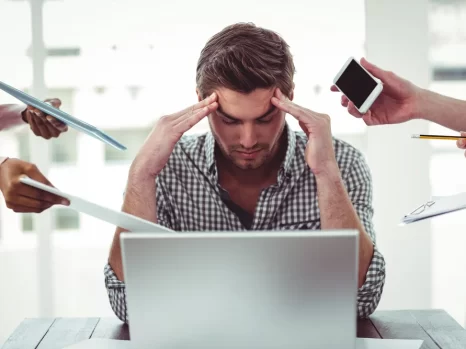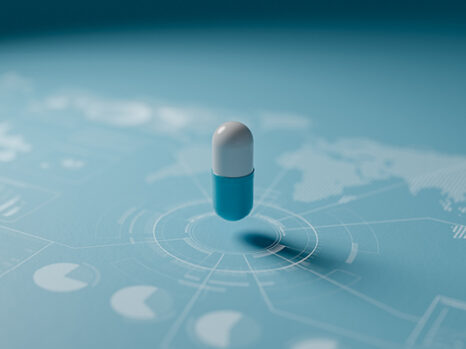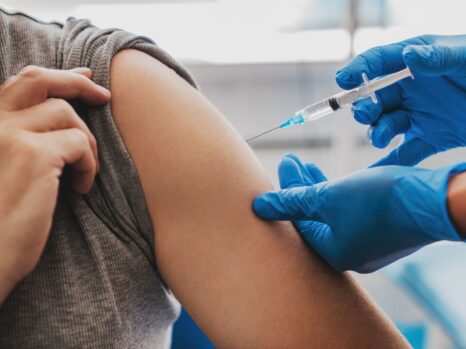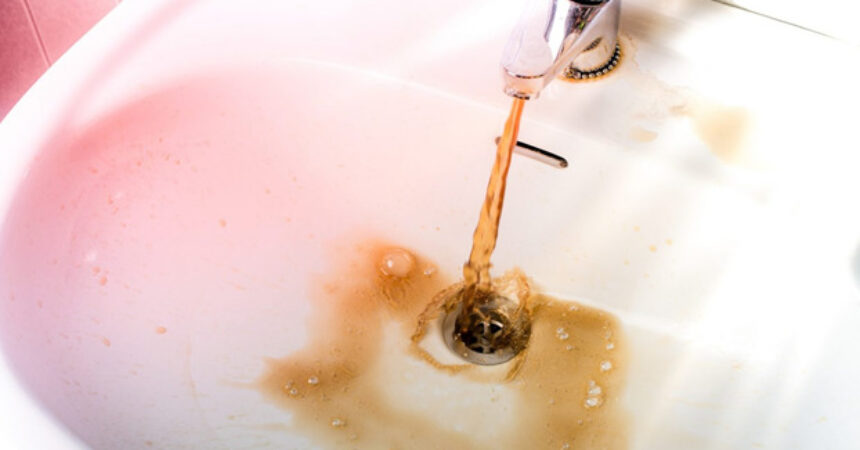You drank contaminated water?
Across the globe, nearly 780 million people are exposed to contaminated water every single year.
For those concerned they are drinking bad water, here is a thorough guide of what to do if you drink contaminated water.
Read on to learn more.
Drinking Water Services
Those in informal, low-income, and illegal places of residence typically have less access to clean drinking water. Access to clean drinking water often depends on the socio-cultural, economic, and geographic opportunities available.
In The United States, more than 286 million Americans safely drink tap water from a community water source regulated by the Environmental Protection Agency (EPA).
Programs like the Sustainable Development Goals aim to serve, in part, for everyone to have safe and affordable clean drinking services available when needed. Consult with Water Professionals for more information about access to clean drinking water in your area.
Symptoms of Drinking Contaminated Water
There are several contaminated water symptoms to look out for if you think you’ve ingested bad drinking water. The most common side effects include:
- Nausea
- Diarrhea
- Intestinal cramping
- Stomach pains
- Gastrointestinal problems
- Dehydration
More serious potential symptoms of drinking bad water include reproductive problems, neurological disorders, kidney failure, heart disease, and death.
Individuals such as pregnant women, the elderly, children, and those with preexisting health conditions may be more susceptible to serious side effects.
Acute disease outbreaks sometimes occur in connection to contaminated drinking water. The most common outbreaks include:
- Giardia
- Legionella
- Norovirus
When you drink contaminated drinking water, you may experience no symptoms or have very serious side effects.
You should contact your medical professional if your symptoms persist or get worse. In urgent cases, call emergency services immediately.
Sources of Water Contamination
There are lots of sources of water contamination. Many come from naturally occurring minerals and chemicals such as:
- Radon
- Uranium
- Arsenic
Some other sources include fertilizers, pesticides, and sewer overflows. Water contamination can still occur in a drinking supply even after water treatments have been administered.
Don’t forget to keep an eye out for drinking water advisories. These advisories will let your community know that tap water may be unsafe to drink. Some advisories include:
- Boil Water Advisory
- Do Not Drink Advisory
- Do Not Use Advisory
These advisories warn of potential contamination from germs, toxins, and harmful chemicals. You can still use water for cleaning and washing during a Do Not Drink Advisory. Remember to always boil the water if you use it for cooking or drinking.
During a Do Not Use Advisory, do not use tap water for any reason, including bathing! For drinking clean water on the go, try out the Katadyn water filter.
What to Do if You Drink Contaminated Water
Drinking water is a basic necessity to survive. Know what to do if you drink contaminated water to help keep you and your loved ones safe.
Remember to contact a health care professional or emergency services if your symptoms persist or worsen.










